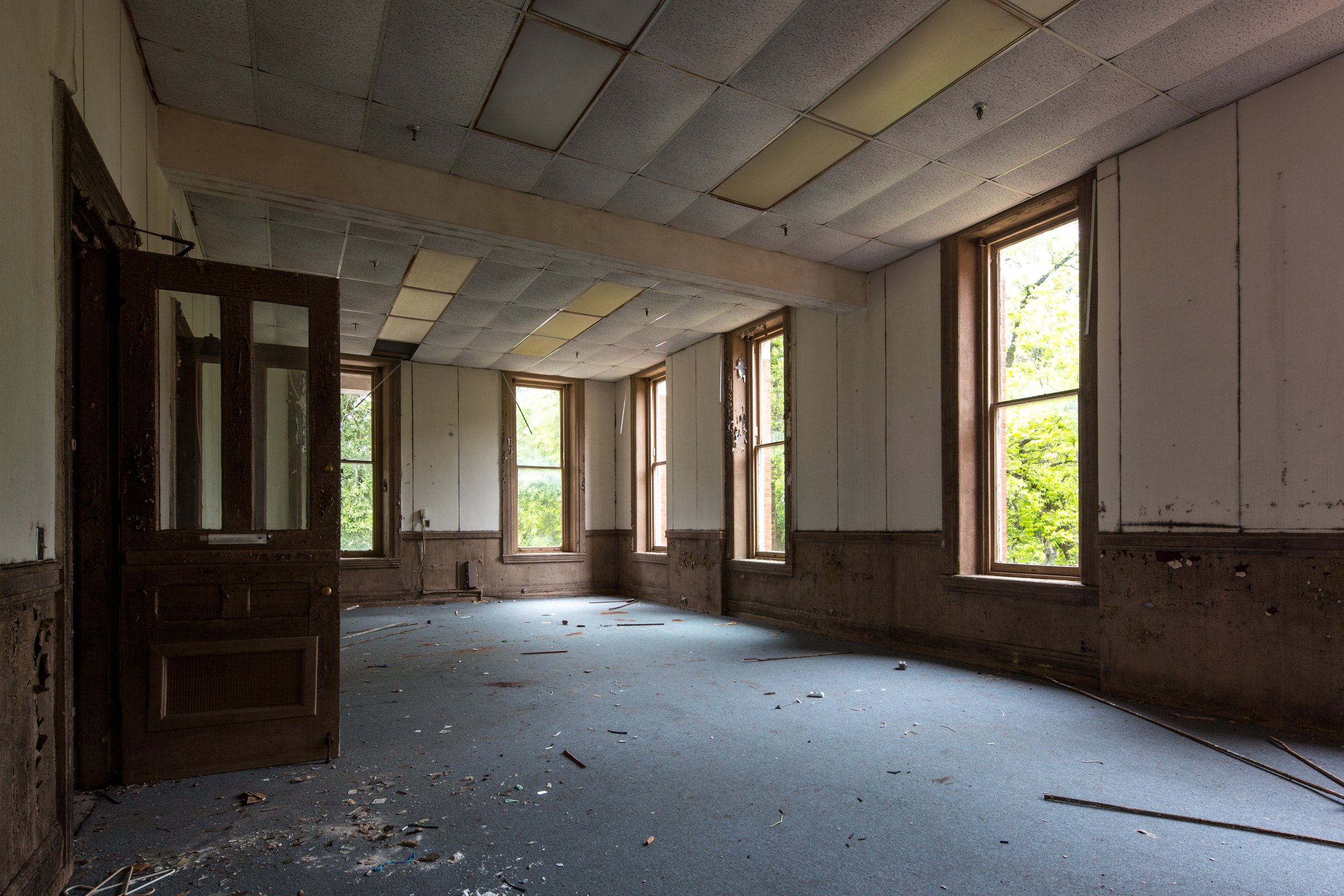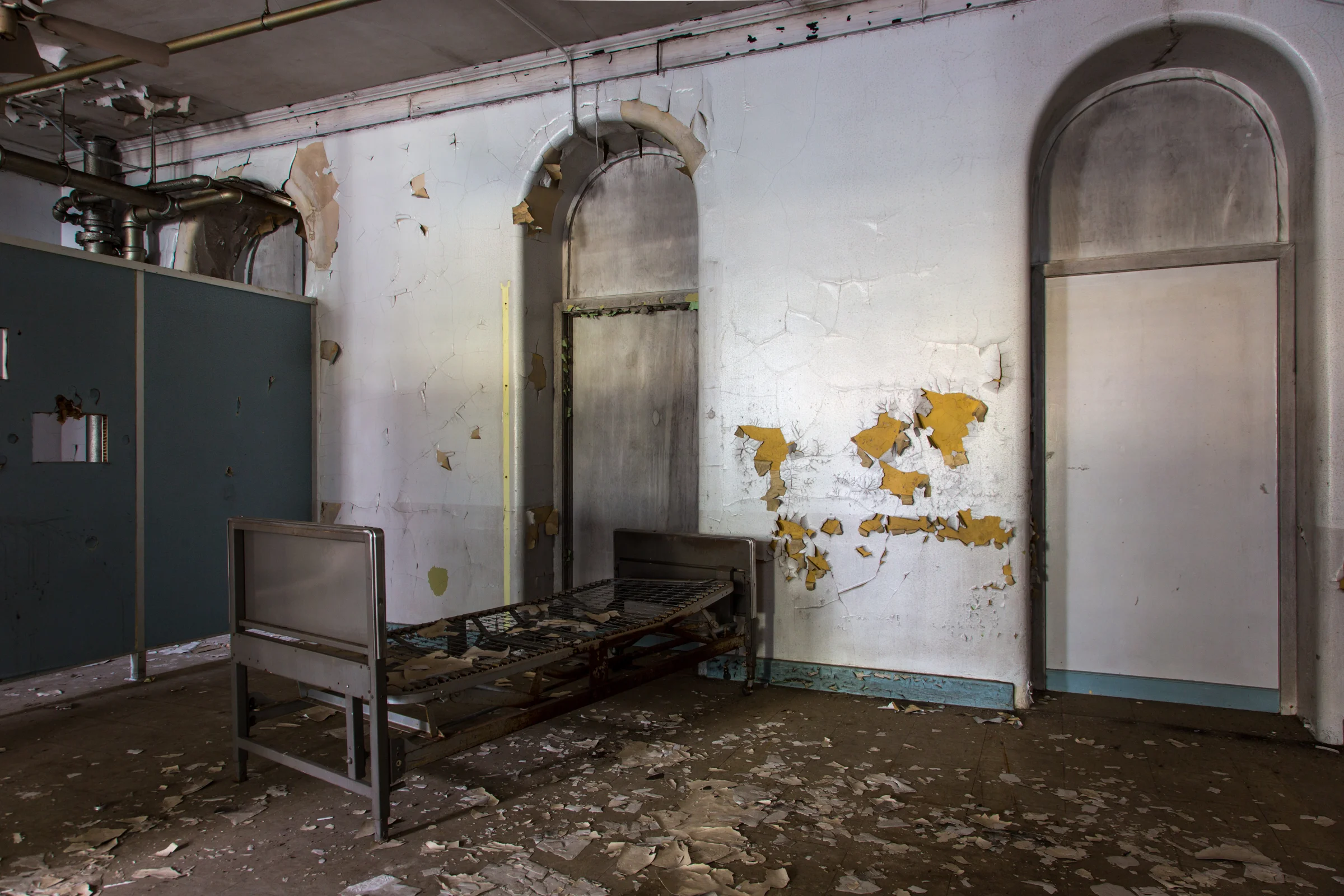Babcock Building, South Carolina Lunatic Asylum
In 1821, construction on the South Carolina Lunatic Asylum and school for the deaf and dumb was approved, making South Carolina the second state to allocate money to treat those with mental illness. Robert Mills was chosen to design the new asylum and in 1822, construction on the Mills Building began. In 1828, the South Carolina Lunatic Asylum admitted its first patient, but the Babcock Building wasn’t constructed until almost thirty years later due to a growing population.
The initial building campaign design was by George E. Walker, but only included part of the south wing. Gustavus T. Berg was the architect for the north wing and Samuel Sloan was architect for the center building, which connected both wings. The construction process was delayed many times, which led to a four-phase construction process that took nearly thirty years to complete. In 1885, the building accepted its first patients.
The Babcock building contained a four-story central structure, complete with cupola, and a flanking north wing for males and south wing for females. The building followed the Italian Renaissance Revival style and was adorned with wood floors and trim. The center structure contained second floor operating rooms, housing for the Supervisor and some doctors on the third and fourth floors and patient dining halls. Each floor of each ward contained individual patient rooms until 1915 when renovation began. At the time, it was only the third asylum constructed in the United States, but it was not the first evidence of treatment for the mentally ill in the state.
The building was placed on the National Register of Historic Places in 1981 and vacated in the 1990’s.













































